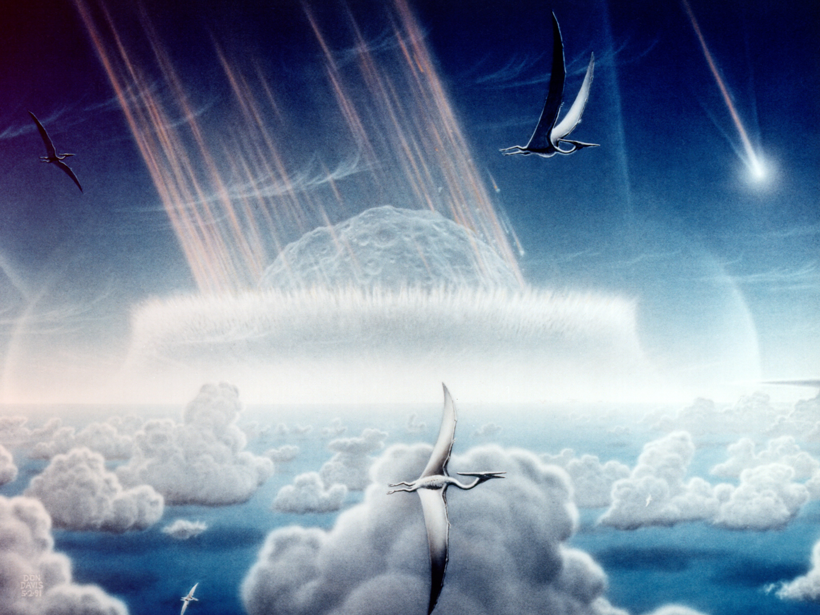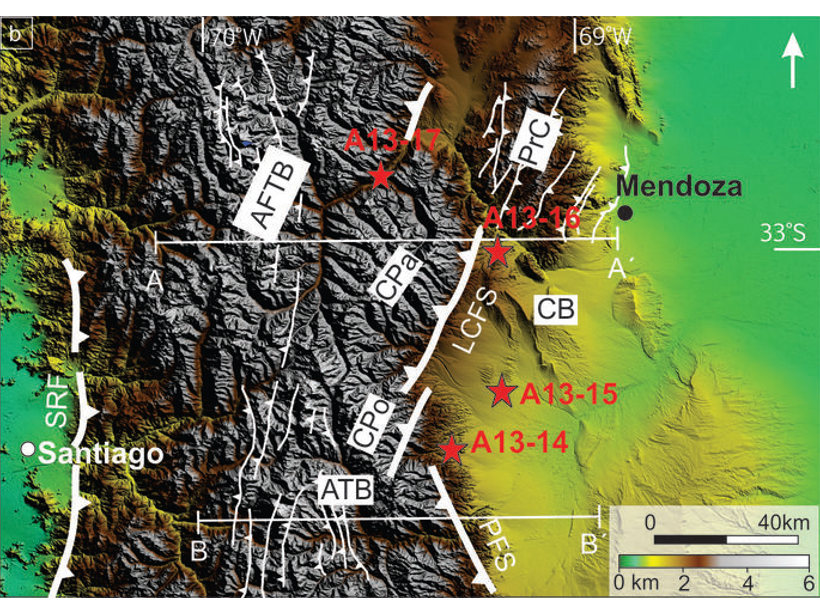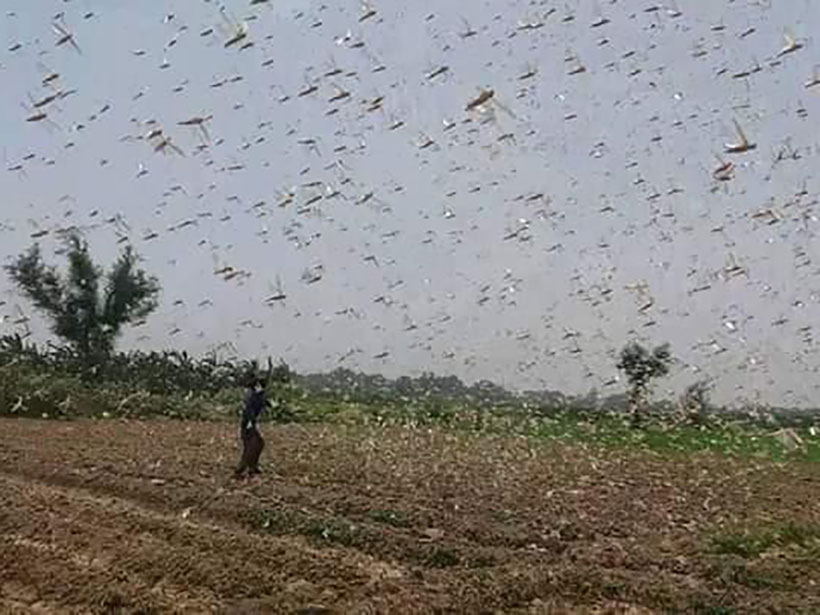Las herramientas desarrolladas para la ciencia del clima pueden ayudar a los investigadores a predecir los dipolos ecológicos: los efectos contrastados del clima en poblaciones separadas por miles de kilómetros.
CC BY-NC-ND 2020
The Global Geomagnetic Field of the Past Hundred Thousand Years
Global data compilations and the production of time-varying paleomagnetic field models over the past hundred thousand years provide insights into geomagnetic field evolution.
Asteroid Impact, Not Volcanism, Likely Spelled Dinosaurs’ End
Using climate and habitat modeling, researchers show that solar dimming caused by an asteroid impact would have plunged the world into an “impact winter” and decimated dinosaur habitats.
Who Wants to Count All the Craters on Mars? Not Me!
Humans found hundreds of thousands of craters on Mars greater than 1 kilometer in diameter, but now computers automate the process delivering crater counts as well as geologically meaningful ages.
Eyes in the Sky Improve Pollen Tracking
Physicians, public health officials, and experts in remote sensing and ecology recently met to identify ways that satellites, webcams, and crowdsourced science could help them manage asthma and allergies.
Citizen Science Reduces Risks from Combusting Coal-Mine Wastes
A community-based citizen science study on spontaneously combusting coal-mine waste heaps in Myanmar underpins the development of risk management plans to protect individuals and communities.
Earth Observations Inform Cities’ Operations and Planning
Rio de Janeiro, Brazil, and Chicago, Ill., are using NASA Earth observations to map, monitor, and forecast water and air quality, urban heat island effects, landslide risks, and more.
A Brighter Future for Coral Reef Islands
Although some islands demonstrate more resiliency than previously thought, island communities may require significant flood-resistant infrastructure to maintain their way of life.
What Controlled the Growth of the Southern Central Andes?
Flat-slab subduction appears to have played a minor role in the growth of the Southern Central Andes, with evidence for eastward migrating deformation.
Record Locust Swarms Hint at What’s to Come with Climate Change
Warming oceans that feed cyclones have also bred record-breaking swarms of desert locusts. Such plagues could grow bigger and more widespread with climate change.










